The Hidden Costs of "Good Enough": Your Path to Acumatica Excellence
In our previous blog about continuous improvement, we explored why ongoing optimization is crucial. Today, let's talk about a common implementation reality: most organizations are currently using 30-40% of their Acumatica system's capabilities - and that's perfectly normal. For many companies, this "minimally viable system" approach was a deliberate strategy to keep their implementation manageable and on timeline.
Beyond the Initial Go-Live: Creating a Culture of Improvement
Your Acumatica implementation is running. Basic transactions flow. Reports are working. Your team made smart choices about what to implement first, and that was the right approach. Now it's time to build a culture that embraces continuous system optimization.
What does this culture look like?
Regular user feedback sessions
Monthly cross-department system enhancement discussions
Celebration of automation wins
Ongoing training and skill development
This cultural shift ensures your investment grows in value rather than stagnating at "good enough."
Beyond the Initial Go-Live: A Natural Evolution
Now that your core system is stable, let's explore how continuous improvement naturally evolves:
Level 1: User Experience & Basic Security
Start with your users and their security:
User Experience:
Personalized dashboard tiles replacing email inbox overload
Side panel inquiries for instant information access
Role-specific workspaces
Regular user review and best practice sharing sessions
Basic Security:
Role-based menu restrictions
Field-level and restriction group security controls
Basic audit trail monitoring
Security awareness training
Current Risk Examples:
Users seeing sensitive data in custom Generic Inquiries
Overly broad menu access across departments to facilitate go-live
Reports with unrestricted financial data distribution
Level 2: Feature Activation & Advanced Security
Build on your foundation:
Feature Activation:
Workflow automation deployment
Smart notification configuration
Advanced Generic Inquiries
User training on new features
Advanced Security:
Multi-factor authentication
Single Sign-On integration
Enhanced audit logging
Mobile device security
Ongoing security updates training (as regulated for your industry)
Level 3: Process Streamlining
Transform core business cycles:
Quote-to-Cash automation
Procure-to-Pay optimization
Month-end close acceleration
Automated import scenarios
Process change training
Level 4: Analysis & Forecasting
Elevate your decision-making:
Custom report development
Forecasting tools
KPI dashboard refinement
Business Intelligence activation
Analytics skill development
Level 5: Integration & Expansion
Connect your business ecosystem:
OOTB API integrations
Acumatica Portal configuration
EDI implementation
E-commerce deployment
Building User Excellence
Success with Acumatica requires more than feature activation - it demands ongoing user development:
Quarterly training sessions on new features to deploy
Annual workshops on new capabilities to come
User-led best practice sharing
Process documentation updates
Skills assessment and development plans
Untapped Potential Hiding in Plain Sight
Consider these commonly underutilized features you already own:
Workflow Automation:
Purchase order approvals
AP invoice processing with automated routing
Bank statement automated matching
Dashboard Intelligence:
Role-specific dashboards replacing emails
Real-time KPIs instead of monthly reports
Side panel inquiries put history at the user fingertips
For Controllers and CFOs: Each level represents opportunities for efficiency, security, and cost savings. Your minimally viable implementation was the right starting point - now it's time to build systematically and develop your team's capabilities.
For IT Directors: Focus on one level at a time, starting with user experience and security fundamentals. Each improvement builds on the last, supported by consistent training and user development.
For Acumatica Partners: Your clients exist at different levels of this journey. Having a trusted implementation partner lets you support their progression and user development without stretching your resources thin.
Next Steps:
Assess Your Current Level
Audit feature usage and security
Document manual processes
Evaluate training needs
Review user proficiency
2. Build Improvement Culture
Schedule regular feedback sessions
Plan ongoing training programs
Create user development paths
Establish best practice sharing
3. Plan Your Progression
Set realistic timelines
Prioritize high-impact changes
Build user adoption strategies
Develop training materials
Remember: Your initial implementation strategy of starting with essential functions was smart. Now it's time to build on that foundation systematically, developing both your system and your users' capabilities.
Looking ahead, imagine your Acumatica system evolving with your business - each optimization creating compound benefits for your organization.
Stay tuned for our next post, where we'll dive deeper into success stories at each level of this continuous improvement journey.





